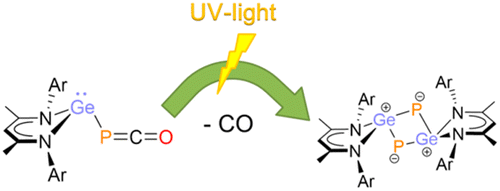NO-induced adaptive antiaromaticity in cyclobutadiene
Submitted by Jun Zhu on Sun, 11/12/2023 - 11:14
Cyclobutadiene (CBD) displays aromaticity in the lowest-lying triplet excited state (T1) according to Baird's 4n electron rule. Hence, antiaromatic CBD in the T1 state has never been reported so far. Here we demonstrate via density functional theory (DFT) calculations that the CBD ring could possess dual antiaromaticity in the lowest singlet state (S0) and T1 states (termed as adaptive antiaromaticity), which is supported by various aromaticity indices including NICS, ACID, ΔBL, ELF and ISE.

